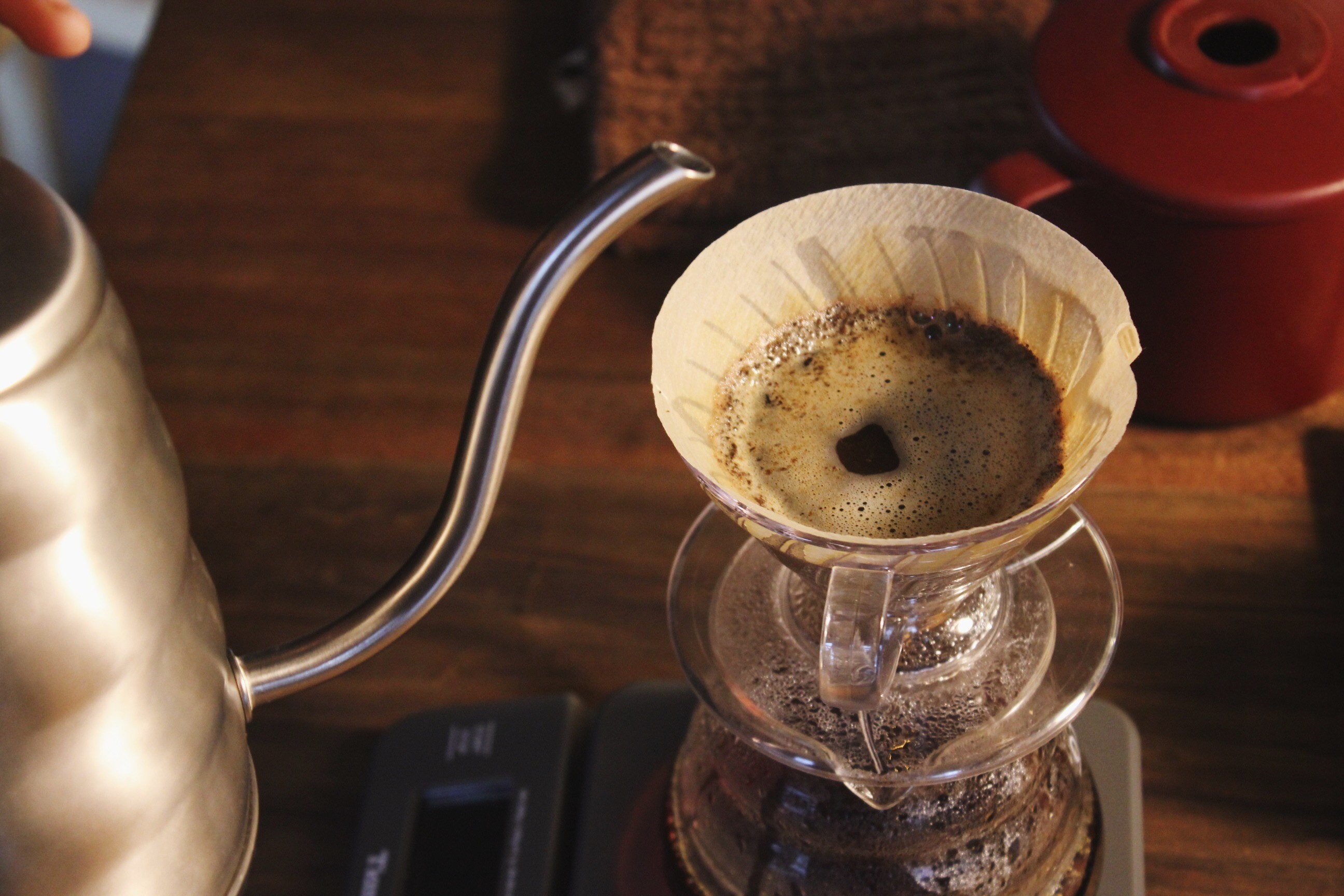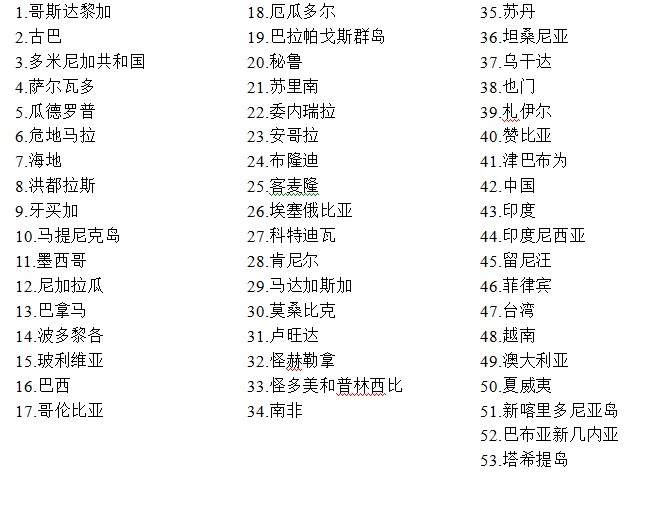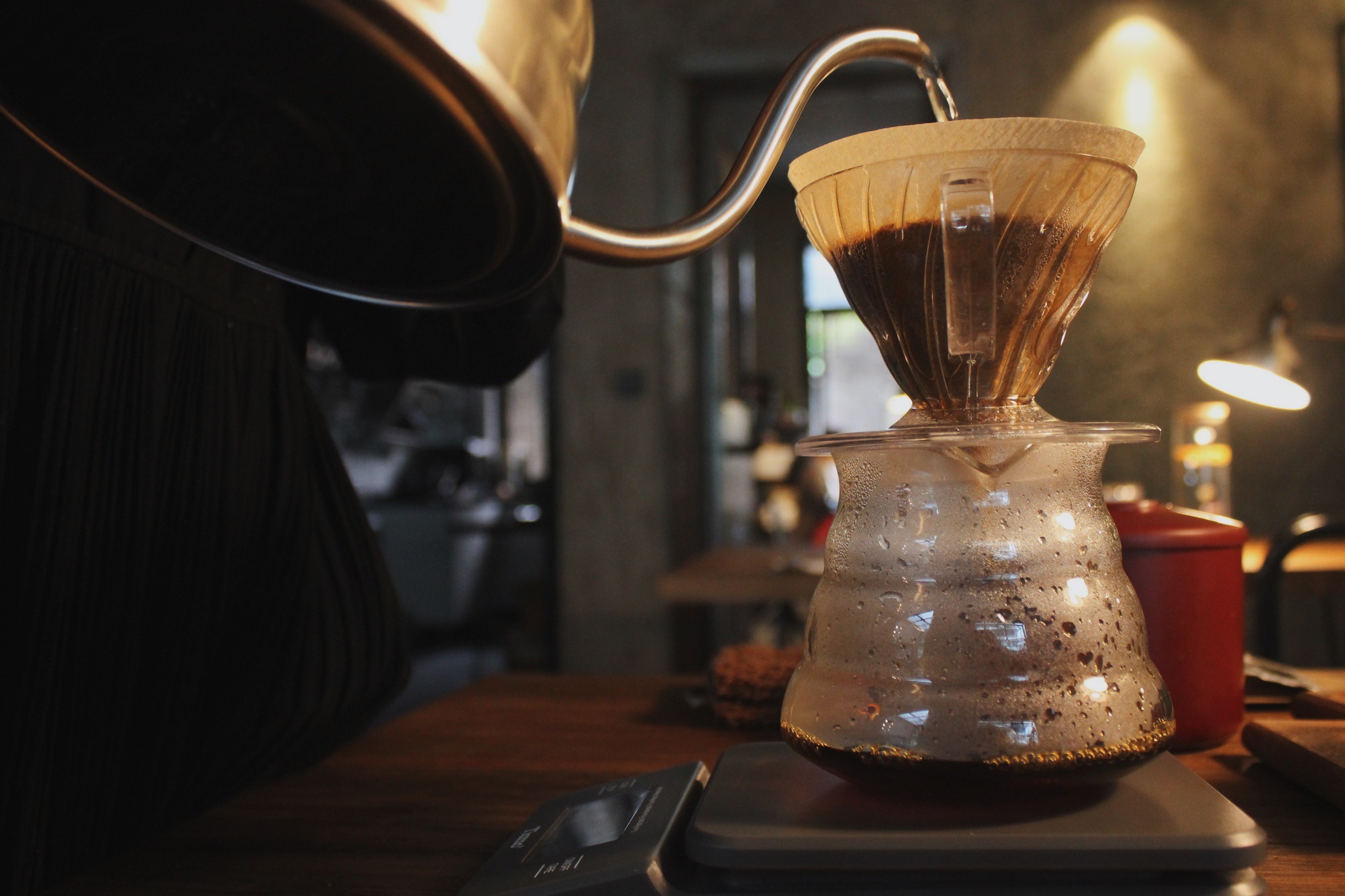How to make coffee by hand
Answers to the teaching problems of hand-made coffee
Question1: why is it not weighed under your filter when coffee is extracted?
Answer: if you want to weigh, you need to know the purpose of weighing. The premise of weighing is that you know the baking degree and baking time of your beans, and the taste you want to embody. Under this premise, adjust the grinding degree, water temperature, water injection speed and method, extraction time, and finally the weight of the extraction. Everything is a strict quantification process, and your product has been strictly planned before it is made. The barista who won the exquisite production in the competition will make it so accurately, on the contrary, you have to ask: what if the time of your beans is uncertain? For example, can the quantitative taste of No. 1 baked beans be consistent with that of No. 1 on the 10th?
The person in charge said that it is definitely impossible, which means that even if all the procedures, steps, and techniques are quantified, the state of beans changes with time, and there is no way to control this. Of course, the purpose of quantification is for taste, even if the ratio of gouache and powder and the weight of extraction are strictly controlled, the taste of the bean will change, and the taste of the product will also change, which needs to be changed when we make it.
I have no objection to using the scale, or the strict gouache ratio and extraction weight, and the specified extraction time to quantify all the beans, but only for a certain day, a certain time, and the flavor characteristics you need. so that the taste will be what you expect.
In my teaching, I will not let junior students use the name, but I will tell each student to use tasting as the beginning of coffee learning, to master the correct flavor, to learn to observe the state of beans during extraction, and to learn to grasp the flavor embodied in this state. and then to determine the speed and method of water injection; according to the baking degree and time of beans, select the filter, choose the water temperature and grinding degree. Of course, the premise of all this is that students need to master the flavor. When the students operate at home or in the store, it is impossible to use up the coffee beans in one day, so in less than two weeks, under the premise that the coffee flavor still exists, a lot of changes need to be made in order to reproduce the taste or make the taste they like.
Speaking of which, the flavor of coffee has been decided at the time of harvest, and the taste of coffee has also been determined after roasting. All we can do is to adjust the intensity and taste of the taste. You can't change the flavor. Skilled production and unskilled production, the biggest difference is whether to produce a good taste and taste, whether to better highlight and reflect the flavor.
Question2: why don't you iron the filter paper when you make coffee?
Answer: so what is the purpose of ironing filter paper? There will be many ways to answer, for example, most people will say that it is to remove the smell of pulp; others will say that it is to let the filter cup and filter paper have a temperature, the so-called warm cup, in the extraction, the taste will be more complete; of course, a few people will say that's what the teacher taught.
If it is said that the taste of the pulp is too strong, I can only say that the filter paper you choose is not brand-grade filter paper, no matter how hot the filter paper, the pulp taste is lingering, will also be mixed in the coffee liquid. Then you need to improve the choice of coffee filter paper and choose the most popular brand filter paper.
If in order to warm the cup, then ask, what is the principle of groove design in the coffee filter cup? In the process of warming the cup, if the filter cup is wet and the filter paper is wet, then the filter cup and the filter paper will stick together tightly. When steaming, the grooves originally designed to discharge gas will be pasted by the filter paper, and the gas will gush out from the inside of the coffee. The so-called coffee surface bubbles when steaming, which will destroy the good filter layer formed when steaming. If you have ever seen bubbles appear when your coffee is steaming, this phenomenon will destroy the speed and state of coffee extraction in the later stage, which in turn destroys the taste of coffee.

Important Notice :
前街咖啡 FrontStreet Coffee has moved to new addredd:
FrontStreet Coffee Address: 315,Donghua East Road,GuangZhou
Tel:020 38364473
- Prev

Coffee knowledge Daquan Coffee's history, culture, utility, classification, type,
First, Brazil (South America) Santos coffee: taste mellow, neutral, can be directly boiled, or mixed with other kinds of coffee beans into a comprehensive coffee, is also a good choice. Second, Columbia (South America) Manning: the palate is rich and solid, with a pleasant sour taste. The smell is mellow, the acidity is moderate, the sweetness is rich and very intriguing, it is suitable for deep baking and exudes a strong intensity.
- Next

Manual coffee making course, coffee making steps illustration and skills how to make coffee by hand
Handbrewing Coffee course, 100Breaking Coffee step Diagram and skills Today's handbrewing course comes from teacher Wang Jianqiang, who is the teacher of the sensory judges of the WBC World barista Competition in China. He showed you the perfect handbrewing coffee at the Golden Milan booth. There are detailed descriptions of hand brewing steps and key skills, which can definitely make you like hand brewing coffee.
Related
- Beginners will see the "Coffee pull flower" guide!
- What is the difference between ice blog purified milk and ordinary milk coffee?
- Why is the Philippines the largest producer of crops in Liberia?
- For coffee extraction, should the fine powder be retained?
- How does extracted espresso fill pressed powder? How much strength does it take to press the powder?
- How to make jasmine cold extract coffee? Is the jasmine + latte good?
- Will this little toy really make the coffee taste better? How does Lily Drip affect coffee extraction?
- Will the action of slapping the filter cup also affect coffee extraction?
- What's the difference between powder-to-water ratio and powder-to-liquid ratio?
- What is the Ethiopian local species? What does it have to do with Heirloom native species?

